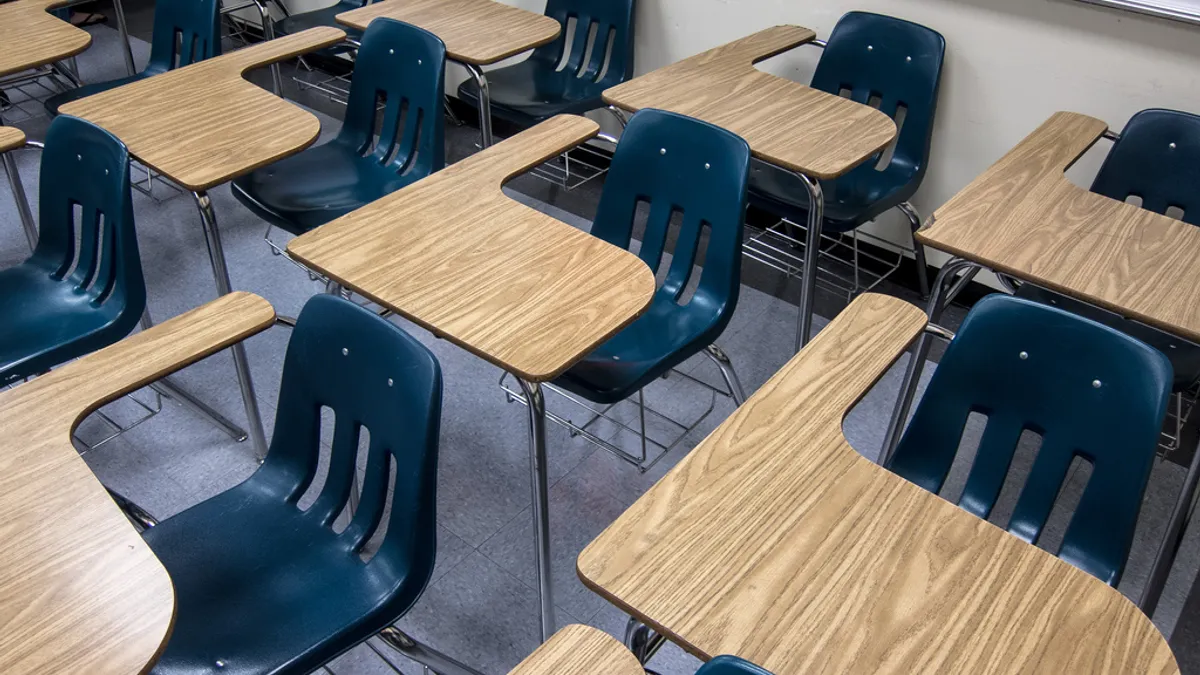Dive Brief:
- Catholic schools across the U.S. are increasingly adopting blended learning as a means to focus on students' individual needs and to personalize their learning experience, seeing it as an approach that embodies the idea that every child was uniquely created by God, according to The Hechinger Report.
- Schools that have adopted the model see it as directly responsible for increases in student performance and enrollment, especially in the 50-plus schools where it has been incorporated in an intensive and integrated manner that sees students split time between independent or online work and working in small groups with a teacher.
- Father Nate Wills, a professor at the University of Notre Dame’s Alliance for Catholic Education, told the Hechinger Report that costs to start up such programs and the huge curriculum shifts involved have slowed the pace of adoption due to the small, independent nature of Catholic schools.
Dive Insight:
Blended learning has grown in popularity in recent years with the rise of 1:1 device programs in classrooms. The model has particularly made it easier for educators to better meet the needs of students who may be behind or need additional help. While it has been difficult to implement in large traditional schools where class sizes can remain prohibitive to addressing every child's needs, smaller private schools have experienced success. Tech platforms from AltSchool and Summit, however, are working to scale it for all schools.
For Catholic schools, the ability to innovate and more effectively carry out their educational mission can't come at a better time, as their numbers have fallen almost 50% since 1967 and tuition has proven prohibitive for many families since the recession, according to National Catholic Educational Association statistics cited by the Hechinger Report.















